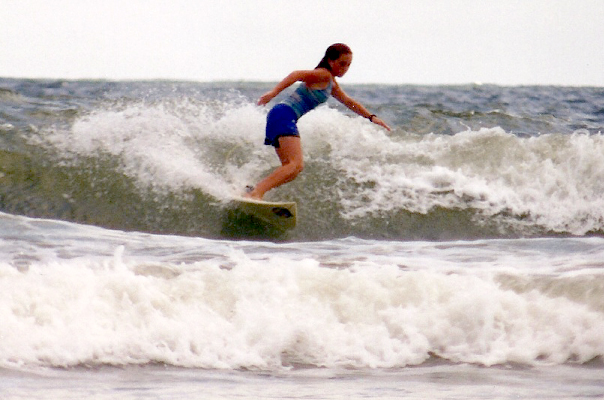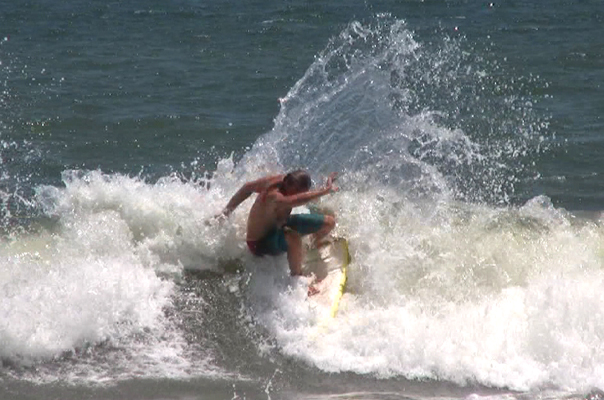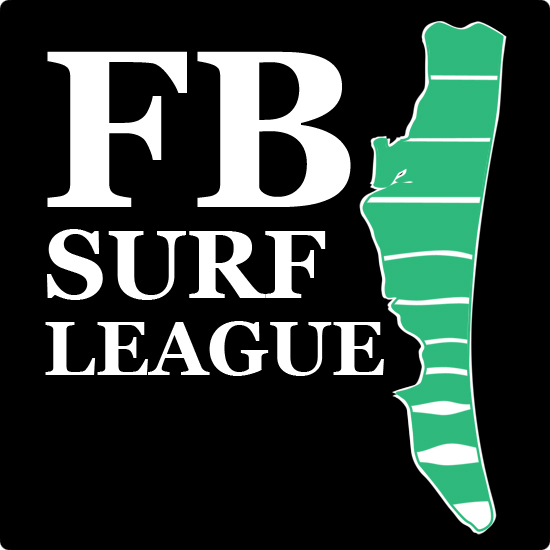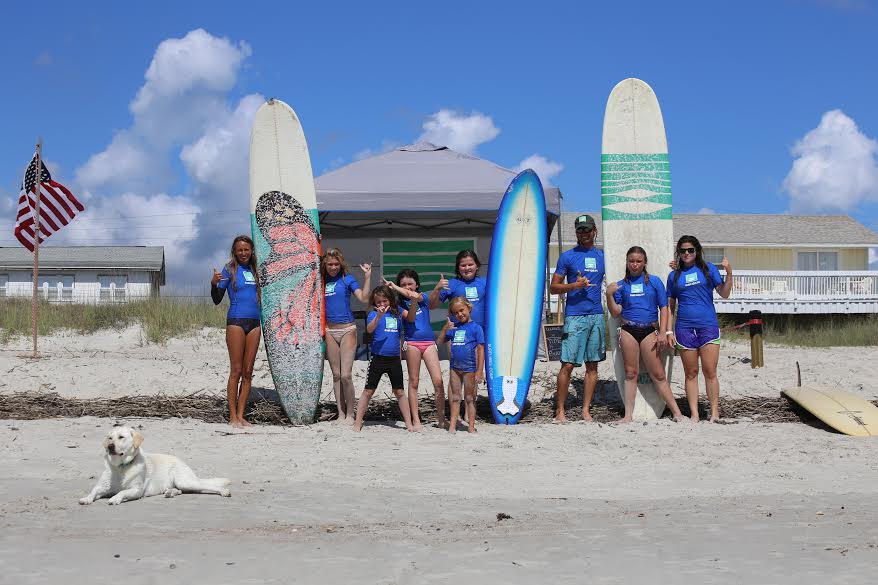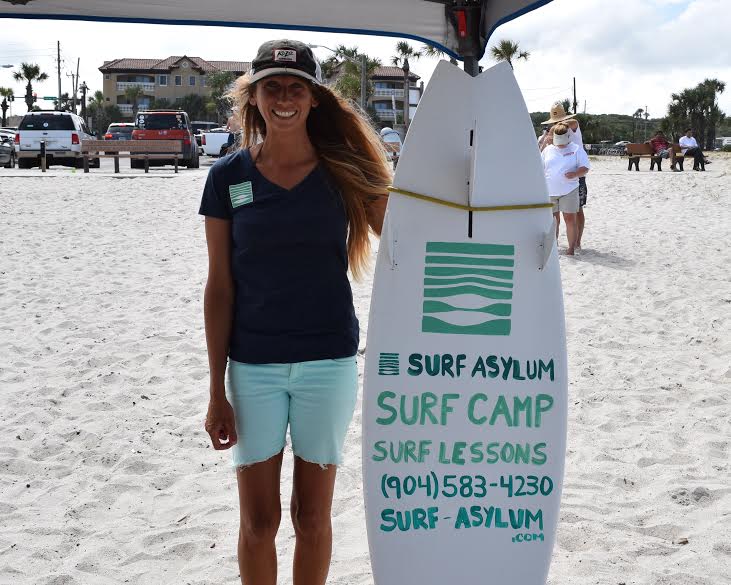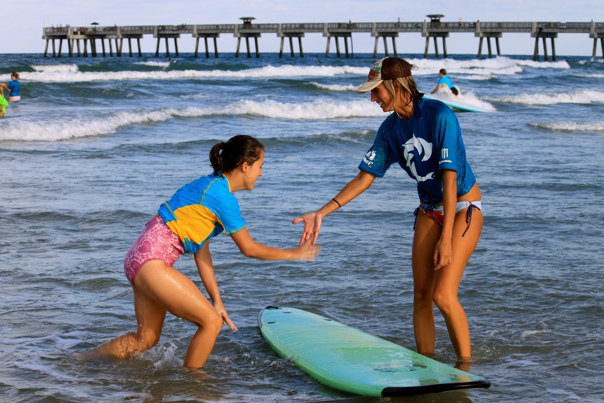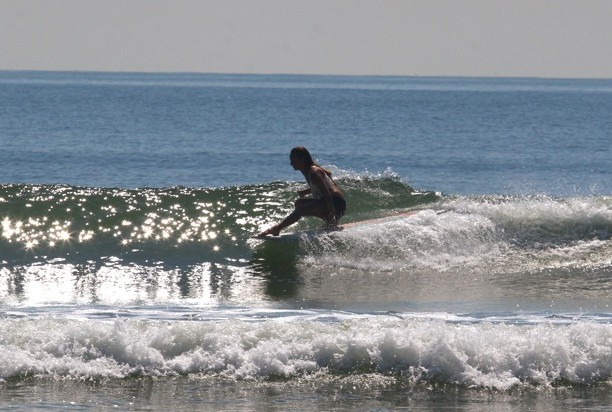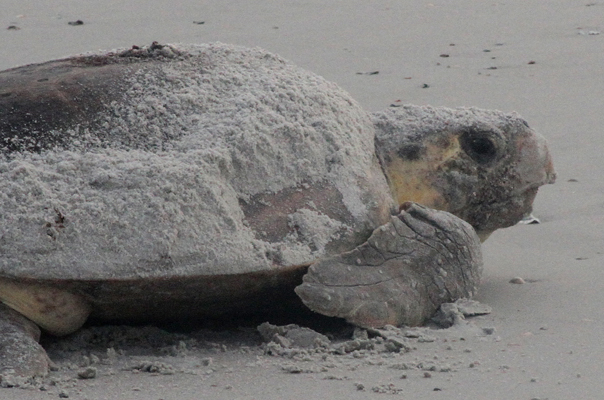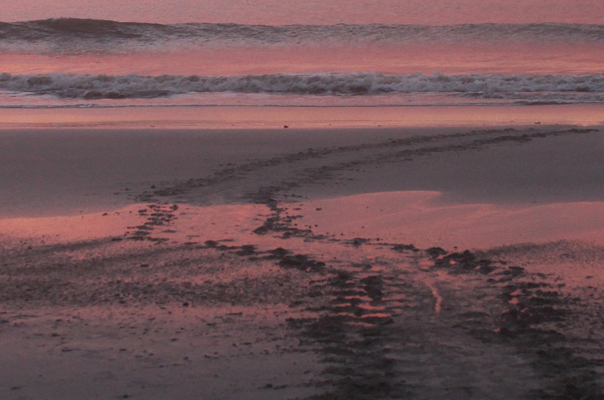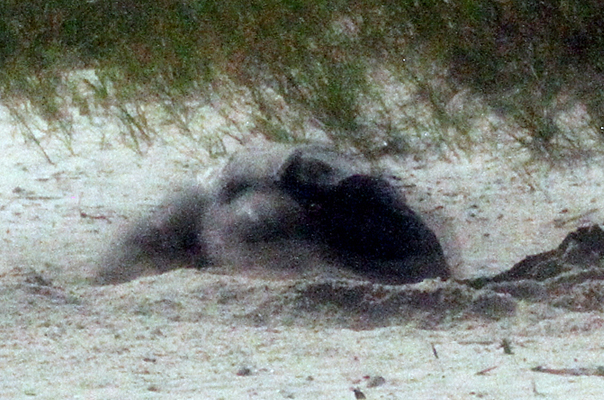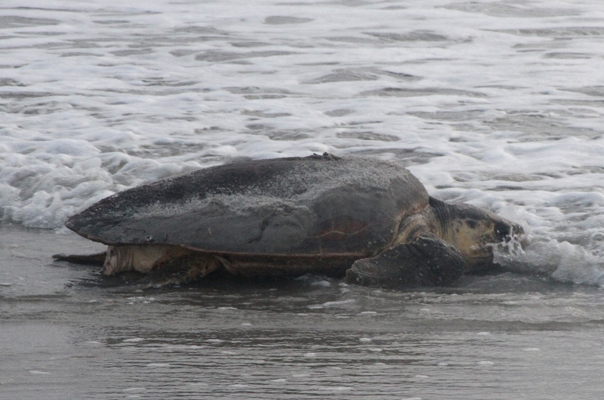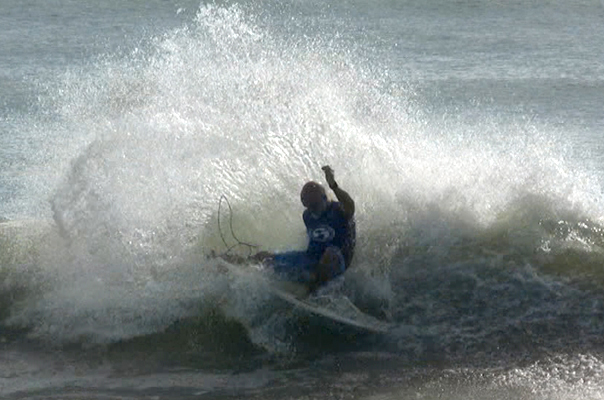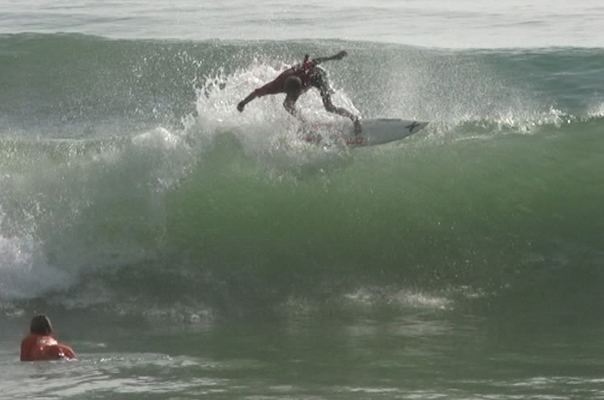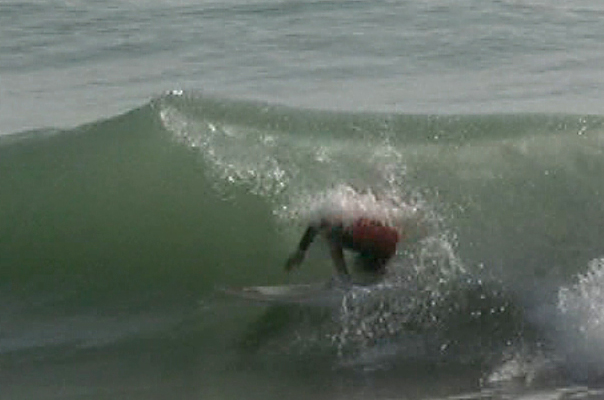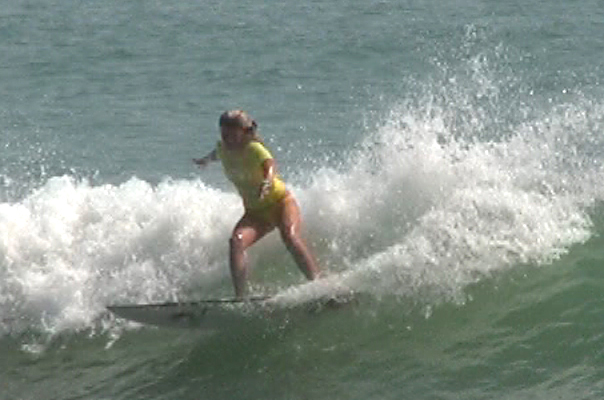Zack Sjuggerud is a kid after our own heart. We recently got to spend a little time with him while we were down at ESA Southeast Regionals and if there was anything we walked away with, it was knowing that Zack LOVES surfing. Scratch that, Zack loves the ocean. From shortboarding to bodyboarding, with SUP and longboarding in between, he competed in every single division he could enter, earning him the Youth Iron Surfer Award. He also placed 3rd in Menehune Longboard and 2nd in Bodyboarding. We asked him for an interview to find out how he got started in surfing and what his competition strategies were.
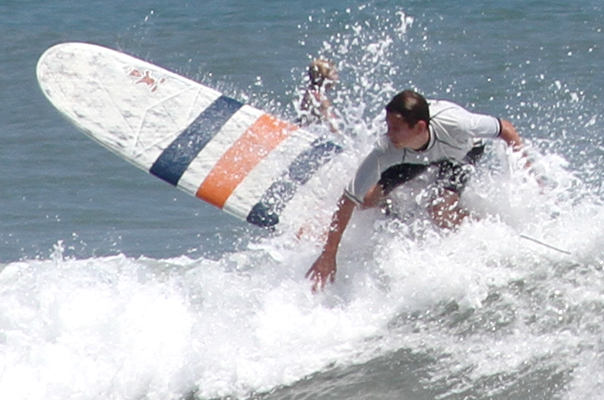
How long have you been surfing? When did you get your first board?
I started getting interested in surfing when I was in Australia when I was about 4 or 5 years old, with my dad pushing me on flat water on his longboard. I had a great time even without waves. When we got back from Australia, we bought a 4’2″ Liquid Shredder at Surf Station. I loved it.
Who has had the biggest influence in your surfing?
This is a tough one. I do really enjoy watching all types of surfing, but I like watching older logging single fin movies like The Endless Summer. I have no doubt I have seen that movie more than 50 times. I also really enjoy watching people like Craig Anderson and sometimes try to mimic his smooth tuck knee style, haha.

Favorite post surf meal?
Any meal after surfing is amazing. The after surf munchies are awful, haha. I definitely have a craving for Barberitos more than anything after a nice long surf.
Shortboard, longboard or SUP?
I have no preference. Any time in the water is a good time, and it really depends on the conditions. I have been really into bodysurfing recently too.

Where have you traveled to surf?
Southern California, Costa Rica quite a few times, Spain, and Hawaii.
Tell us about your favorite trip.
First time in Costa Rica, we had a guy take us to a secret right point. I was only ten, so I did end up standing on the shallow reef, jumping over walls of whitewater. That got the message through that reef doesn’t feel good on your feet. I cut my foot pretty bad, but the waves were amazing so I had no choice but to keep surfing, hahaha. Definitely scored some great waves that week.
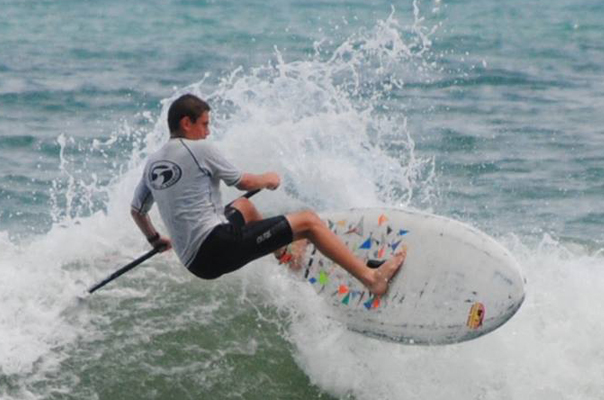
What do you consider to be the most challenging part of Regionals?
No doubt confidence and keeping cool under pressure. I know you have to surf your game, try not to fall on maneuvers and try not to surf above your abilities.
Do you find it helpful to know who your competition is before going into Regionals? How do you keep up with them?
I would say that there are advantages and disadvantages to knowing your competitor’s abilities. Pros are knowing that you are going to surf smart and catch the better waves and surf as a better contest surfer than the opponent. Cons are like I said above, nerves are a big deal. I’ve seen friends try too hard, thinking that their opponents were better surfers than they really are. I prefer to know who my competitors are to know what contest tactics you would want to use.

Do you cross-train to improve your surfing?
I don’t. I just surf to become a better surfer. I think that when you are younger, (maybe below 19 or 20) training and eating well for surfing is less important for your surfing. What’s more important is learning how to judge waves and knowing which waves to catch. As you get a bit older, fitness becomes a bigger factor in your surfing.
Shout-outs?
Where do I start? Thanks to my family for supporting my surfing and taking me other places to surf. Thanks to Sean Poynter for so much help, advice, and positive stoke over many years. Thanks to David and Betsy at Surf Asylum for your contest advice during Regionals this year. Thanks to Mike Nichols and Pedro for everything over the years. Thank you to Starboard for including me in your world. Thanks to Driftwood Surf Shop and Pipeline Surf Shop. Thanks to Barberitos… to SurfSkate… and Dummy Mount. Also thanks to all the Fernandina locals who’ve supported me and looked out for me over the years.
I’ll be proud to represent Fernandina at the Eastern Surfing Championships in Cape Hatteras, if I get to go. I hope to bring home a 1st Place trophy in longboarding back to Fernandina! Yewww!

